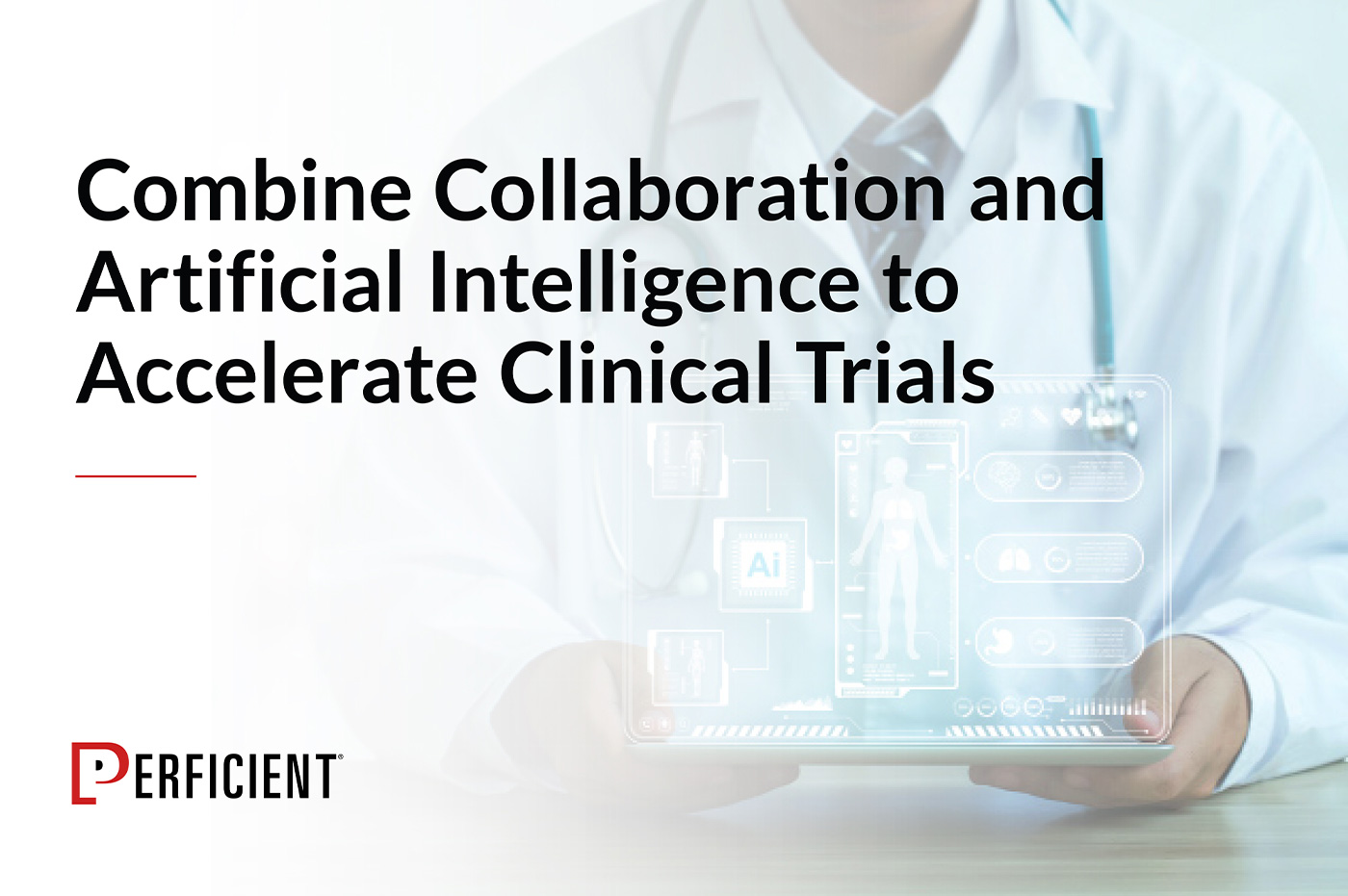My last blog discussed how AI assists to create human-computer systems. This next blog in the series analyzes clinical data review platforms.
While machine learning (ML) and natural language processing (NLP) functionalities are not currently available in today’s clinical data review platforms (CDRP’s), we know they offer tremendous benefits to the clinical data review and cleaning process.
When conducting clinical trials, data is collected from electronic data capture systems and from central and local labs. This data is then combined and stored in a data warehouse. The data is transformed into a format in which the data managers are familiar. Data managers then review and clean the data.

Once cleaned, the data is transformed into common data models (e.g., CDISC SDTM) and used for generating submission documents to the FDA. Machine learning models can be used to check patterns in data, and if there are irregularities or missing data, bring it to the attention of data managers for further review.
Data from prior studies is available for ML algorithms and models and can be learned from. Every clinical trial has certain milestones to achieve, and for each milestone, there are certain criteria to be met and associated documentation to be generated. ML models can be trained to understand if a trial is ready for a certain milestone. If not ready, it can determine the bottleneck, and it can make predictions for how long it will take to reach the milestone based on historical knowledge.
It can generate the documentation needed for a milestone and send it to humans for approval before submitting to the FDA. For future clinical trials, the algorithms can answer questions such as, “How long will it take for me to enroll ‘N’ number of subjects for an oncology study?” and “How long will it take to reach a milestone based on the trial protocol document?”
To learn more about how artificial intelligence – including machine learning – can be used by pharmaceutical and medical device companies to improve the clinical data review and cleansing process, you can download the guide here or submit the form below.

